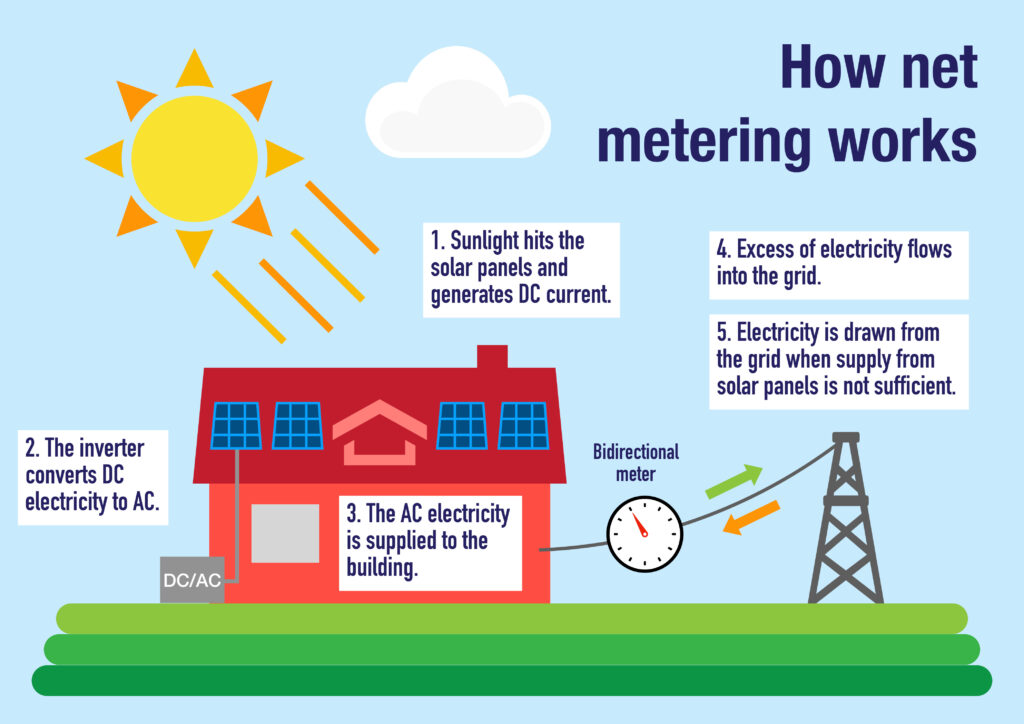In an era where sustainability is at the forefront of global discourse, individuals worldwide are seeking ways to contribute to the green revolution. One such individual is Joe, a homeowner who has managed to save a staggering $3600 a year on electricity bills by switching to solar energy. This article explores how Joe accomplished this impressive feat and the potential implications for homeowners aiming to follow suit.

The catalyst for Joe’s transition to solar energy was twofold:
A desire to reduce his carbon footprint and the potential for significant savings on his annual electricity bill. By installing solar panels on his rooftop, Joe was able to tap into the abundant and renewable energy the sun provides, thus minimizing his reliance on traditional electricity sources.
The cost of solar panels has significantly reduced in recent years, making them a feasible option for many homeowners. Joe worked with a local solar company to install a system that met his household’s energy needs. The initial cost was substantial, but the potential for savings and the long-term benefits of sustainable energy made it a worthwhile investment.

In his locality, the average cost of electricity is about $0.13 per kilowatt-hour (kWh). Joe’s household, on average, consumed about 900 kWh per month, which resulted in a monthly bill of $117 or about $1400 annually. By switching to solar, his energy expenditure plummeted to almost zero, barring a few cloudy days when the system couldn’t produce enough power.
However, the savings didn’t stop there. Joe also took advantage of net metering, a system where excess energy produced by his solar panels is sent back to the grid. His power company then credits him for this energy, which further reduces his electricity bill. During the sunnier months, his solar panels produced more power than his home needed, leading to significant credits on his account.

On top of this, Joe was able to benefit from federal tax incentives for solar energy. The Federal Investment Tax Credit (ITC) gives homeowners a reduction in their federal taxes equal to a percentage of the cost of their solar system. At the time of Joe’s installation, the ITC was 30%, which significantly offset the initial cost of his system.
In total, Joe saved around $3600 annually on his electricity bills by switching to solar. This figure includes the money he no longer spends on traditional electricity, the credits he receives through net metering, and the tax savings from the ITC.
It’s worth noting that the amount of savings will depend on several factors, including local electricity rates, the size and efficiency of the solar system, the amount of sunlight the area receives, and the local policies regarding solar energy. However, Joe’s case provides a promising glimpse into the potential for solar energy to reduce electricity costs and promote sustainability.
Joe’s journey to solar energy savings is a testament to the numerous benefits of this renewable source. As more people follow in his footsteps, we can expect a greener and more sustainable future, not to mention significant savings on energy bills. For those interested in going solar, it’s crucial to research local solar providers, understand the potential costs and savings, and take advantage of any available incentives. Like Joe, you too could be saving $3600 a year by making the switch to solar.

